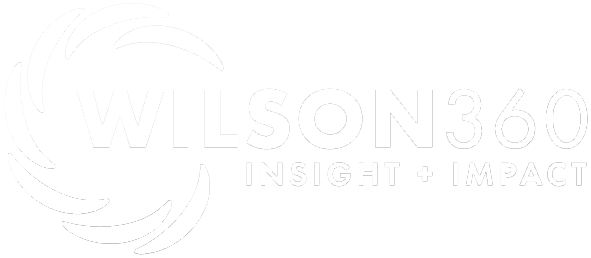
2 Critical Data Analytic Tools You Should Master
When CEOs tell me they’re drowning in data, they’re not wrong. With increasingly more intelligent technology, it’s getting easier to access information and harder to find the wisdom to understand it. But because we need data to make decisions, we dive in, unsure how to discern or extract the nugget that will change our business for the better.
If you are swimming through a sea of data, two foundational approaches to a data strategy can form a life raft, helping you know what to do and where to head next: dashboarding and benchmarking. Dashboarding is like the raft’s base, consolidating the nuts and bolts of your business, providing key financial and production data that drives performance and gives a concise overview of overall health in critical areas. It provides insights that drive key decisions surrounding growth, pricing and profitability.
Benchmarking is a big-picture approach, the raft’s rudder, measuring your historical performance against itself, competition and the industry. It powers your ability to grow in your market by showing you opportunities for improvement, or where you have a competitive edge. When paired together as the foundation of your business strategy, the value is immeasurable.
Financial Dashboard Value
Good financial management occurs by actively controlling what is in front of you, not passively observing what is already behind you. Determining specific data needed and sources to supply it, along with a way to consolidate it, is at the very heart of a successful financial dashboard. Long gone are the days when simply reviewing an income statement and balance sheet after the month closes results in good decision-making. Today’s fast-paced environment of almost instant information demands timely, accurate data with which to make fully informed decisions.
Data-Driven Decision Making
Data volume does not equate to data value or even data validity. Conclusions based on timely, supporting data help take the guesswork out of evaluating performance and making strategic decisions, though only if that data is accurate and reliable. Good data is rooted in timely, scalable and consistent processes. For example, an electronic time system that is correctly used by field crews can accurately track time worked for payroll and time on each job, producing accurate labor cost data, which makes bidding and management decisions surrounding pricing timelier and more accurate. The better and timelier a company’s access to reliable data, the bigger their competitive advantage in the market.
Finding and Correcting Weakness
Customers expect to pay a fair price for the services you provide. Too often, they end up paying for inefficiencies, sometimes ultimately resulting in the loss of a good client. The industry generally benefited from generous price increases over the last few years as wages and other costs of production soared. Today, though, the market is in flux, and those increases won’t be as easy to get. Dashboard analysis provides context for operational and administrative costs and gives the insight needed to improve margins and the bottom line. For example, knowing the benchmark gross margin for companies with a similar service mix to our own allows us to determine if we are producing work as efficiently as we should be. If not, we can begin to drill down into additional data, such as actual vs. budgeted job hours, to help determine where we may be falling short, then put an action plan in place to improve.
Dashboarding and benchmarking are two key components of understanding how your business is performing, how you can improve and how you can bid and win more business using data as your competitive advantage.
Reprinted with permission. GIE Media. Lawn & Landscape May 2023 (c)

